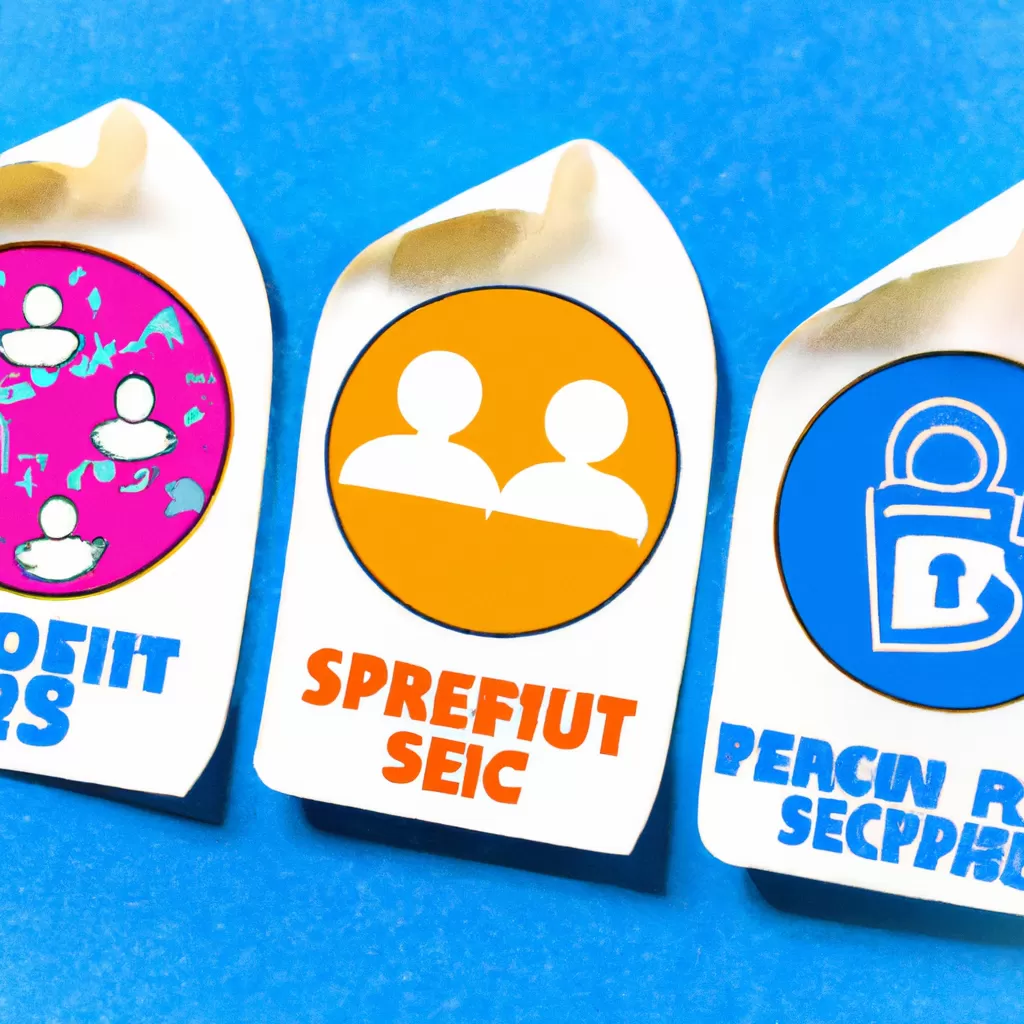From Mass Emails to Personalized Perfection: The Secret Behind Successful Segmentation StrategiesFrom Mass Emails to Personalized Perfection: The Secret Behind Successful Segmentation StrategiesFrom Mass Emails to Personalized Perfection: The Secret Behind Successful Segmentation Strategies
In today’s digital age, where every inbox is flooded with countless emails vying for attention, it has become increasingly challenging for businesses to stand out and make a meaningful connection with their customers. Gone are the days when mass email campaigns were effective in driving engagement and conversions. To truly succeed in the realm of email marketing, businesses must embrace segmentation strategies that tailor messages to individual preferences and needs.
The Problem: Failing to Connect on a Personal Level
Imagine being bombarded with generic emails that do not resonate with your interests or desires. How likely are you to open them, let alone take any action? This is precisely the problem faced by many consumers who receive mass emails from companies that fail to understand their unique needs and preferences. As a result, these emails often end up ignored or deleted without even being opened.
The Rationale: Unlocking the Power of Personalization
Successful segmentation strategies offer a solution to this problem by enabling businesses to send personalized messages tailored specifically for each recipient. By understanding their audience at a granular level, companies can create targeted campaigns that speak directly to individual pain points and desires. This personal touch not only increases open rates but also boosts engagement levels and ultimately drives more conversions.
The What: Effective Segmentation Tactics
1. Demographic Segmentation:
Dividing your audience based on demographic factors such as age, gender, location, or income level allows you to craft messages that resonate with specific groups of people. For example, an apparel retailer may send different offers based on gender or location-specific weather conditions.
2. Behavioral Segmentation:
Analyzing customer behavior data helps identify patterns and preferences within your target market. By segmenting based on past purchases or browsing history, you can deliver highly relevant recommendations or exclusive offers that align with each customer’s interests.
3. Psychographic Segmentation:
Understanding consumer attitudes, values, and lifestyles helps create deeper connections. By segmenting based on psychographic factors like interests, hobbies, or personality traits, you can tailor messages that align with their unique preferences.
The Why: Benefits of Segmentation Strategies
1. Increased Open Rates:
Personalized subject lines and content grab attention and entice recipients to open emails. According to a study by Experian Marketing Services, personalized emails have 29% higher open rates than generic ones.
2. Improved Click-Through Rates:
Segmented campaigns lead to more relevant content being delivered to recipients’ inboxes. This relevancy translates into higher click-through rates as customers are more likely to engage with offers that resonate with their needs.
3. Enhanced Customer Loyalty:
When customers feel understood and valued by a brand, they are more likely to remain loyal over time. Segmenting your audience allows you to nurture relationships by delivering tailored messages that foster loyalty and trust.
The How: Implementing Effective Segmentation Strategies
1. Collect Relevant Data:
To effectively segment your audience, you need accurate data about their demographics, behaviors, and preferences. Utilize tools like surveys or website analytics software to gather this information.
2. Analyze Patterns:
Once you have collected the necessary data, analyze it for patterns and trends that will help inform your segmentation strategy. Look for commonalities among groups of customers that can guide your messaging approach.
3. Create Personalized Content:
Craft compelling email copy that speaks directly to each segment’s pain points or desires using language tailored specifically for them.
4 . Test & Optimize:
Continuously monitor the performance of your segmented campaigns through A/B testing and analytics tools. Use these insights to refine your strategies further and optimize future campaigns for better results.
In conclusion,
Gone are the days when mass email campaigns could generate meaningful engagement from customers inundated with countless promotional emails daily.
Successful businesses understand the importance of connecting on a personal level, and segmentation strategies offer a solution to this challenge.
By implementing effective segmentation tactics such as demographic, behavioral, and psychographic segmentation, businesses can create personalized messages that resonate with individual recipients.
The benefits of these strategies are evident in increased open rates, improved click-through rates, and enhanced customer loyalty.
To implement successful segmentation strategies, it is crucial to collect relevant data about your audience, analyze patterns within the data,
create personalized content tailored for each segment, and continuously test and optimize your campaigns for better results. By embracing these practices,
businesses can transform their email marketing from mass emails into personalized perfection that drives engagement and conversions.






